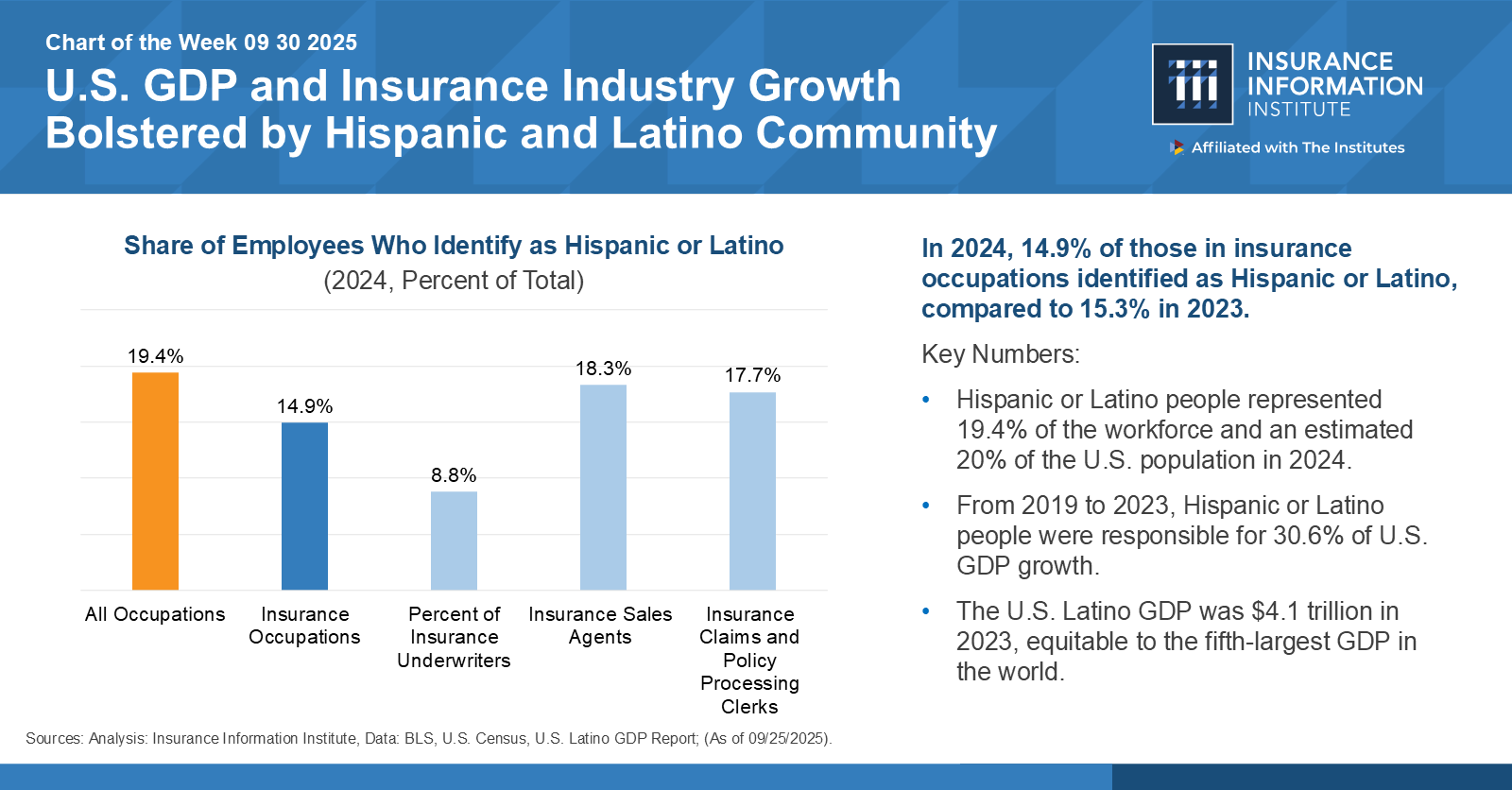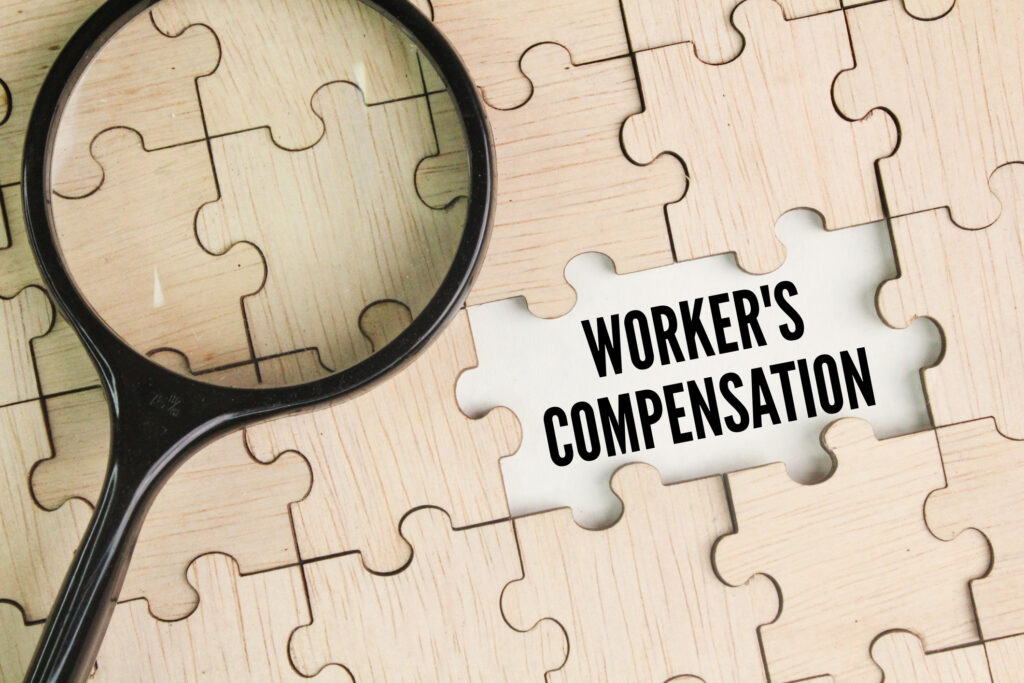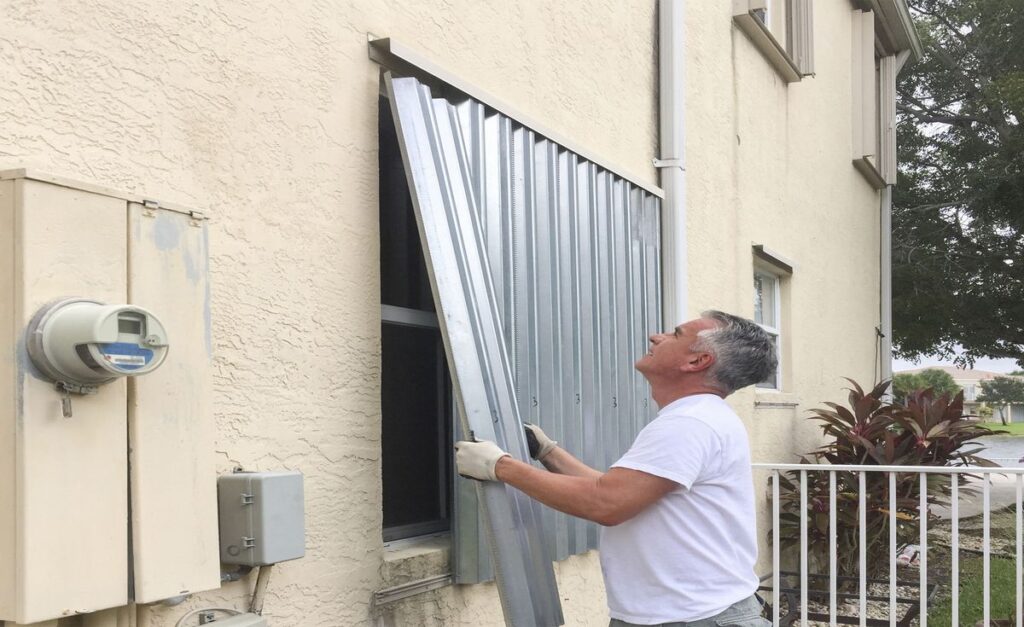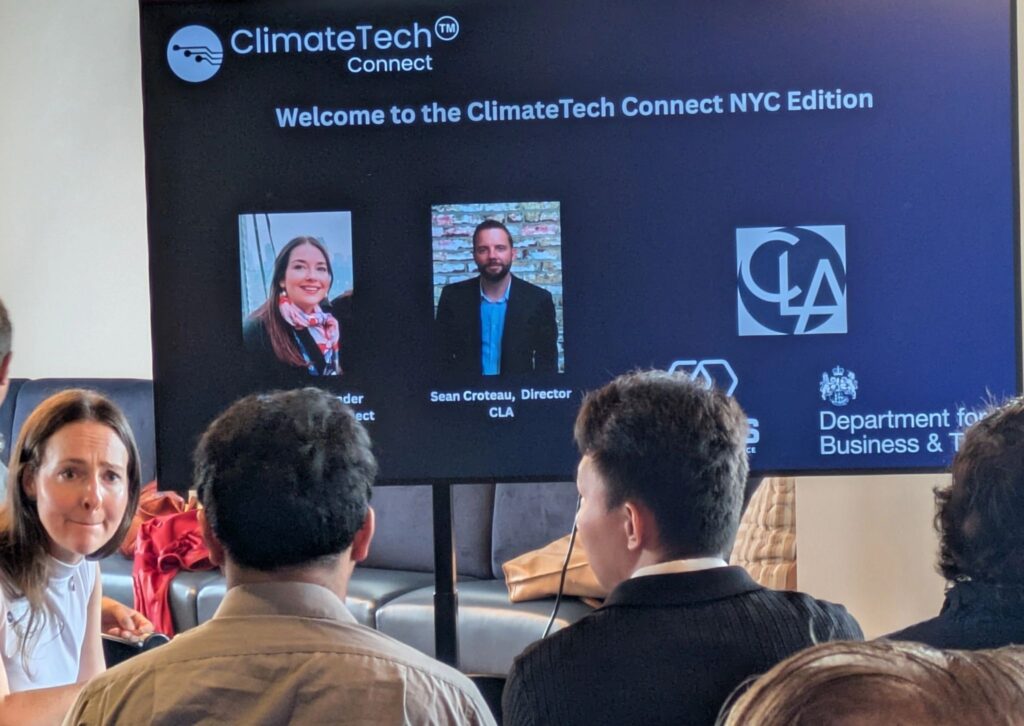
By Lewis Nibbelin, Contributing Writer, Triple-I
Every dollar invested in disaster resilience today can save communities up to $33 in avoided economic costs, according to new research from the U.S. Chamber of Commerce, Allstate, and the U.S. Chamber of Commerce Foundation.
Building on their 2024 finding that such investments save $13 in benefits, the report detailed the burgeoning toll of increasingly frequent and severe natural catastrophes across the United States, underscoring a need for stronger collective action to mitigate climate risk.
Invest Now, Save Later
After experiencing the fifth consecutive year of 18 or more billion-dollar disasters in 2024, the United States further drove the second costliest half-year ever for global insured losses from natural catastrophes in 2025 with January’s devastating wildfires in Southern California. Though reflecting a troubling “new normal,” the report demonstrates how resilience funding can help stabilize local economies and protect lives and jobs, regardless of the scale or type of disaster.
Modeling scenarios for five disaster types – hurricanes, tornadoes, wildfires, droughts, and floods – the study revealed that high resilience investments may cut GDP losses by billions, with reduced funding leading to significantly higher long-term costs across all scenarios.
For hurricane-prone areas, which can grapple with lasting disruptions to housing, education, and other basic infrastructure, the study noted that higher investment could prevent the loss of $13.2 billion and more than 70,000 jobs.
Emphasizing the “smart, cost-saving” efficacy of disaster mitigation, the report concluded that “preparedness is not just a safety measure – it’s a local economic development strategy.”
“Preparedness is as much about plans as it is people,” added Rich Loconte, senior vice president and deputy general counsel for government and industry relations at Allstate. “It’s supporting a local nonprofit to retain its employees and keeps its doors open after a disaster, working with civic leaders to develop recovery plans that minimize rebuilding costs, and educating community members on proactive investments that help better weather storms.”
Risk Reduction in Practice
Beyond identifying the broad impact of disaster preparedness, the report also provides actionable insights for local leaders who aim to boost community resilience but are unsure where or how to start. Recommendations for disaster preparation include:
- Risk-Informed Design: Adopt and enforce hazard-resistant building codes, such as those that meet the Insurance Institute for Business & Home Safety’s FORTIFIED standards. Update zoning and land use planning according to the latest risk data.
- Data-Based Decisions: Improve access to risk data to inform, track, and assess the success of disaster mitigation efforts.
- Dedicated Resilience Funding:Create a local fund for disaster mitigation to ensure consistent investment and expedite post-disaster recovery.
- Public Engagement: Launch risk awareness campaigns to facilitate individual and organized participation in preparedness and raise insurance take-up rates.
- Stakeholder Partnerships: Coordinate cross-sector and multi-jurisdictional resilience strategies to maximize benefits.
A survey released in tandem with the report shows that most resilience stakeholders – encompassing emergency managers, community planners, government officials, and other risk experts – believe public-private collaboration needs improvement, with more than half of respondents highlighting insufficient resource allocation and unclear decision-making processes as leading causes for poor coordination.
While most indicated state and local governments must play a major role in disaster preparedness, response, and recovery, 58 percent of respondents additionally underscored the federal government as crucial at every phase, particularly for financial assistance. As numerous community resilience projects hang in limbo following the Trump Administration’s cancellation of $882 million in federal grants, it is imperative for all beneficiaries of disaster resilience to help develop sensible solutions for predicting and preventing losses.
“As the cost and economic toll of disasters continue to increase, leaders at all levels of government should know that investments in infrastructure resilience will go a long way in protecting and preparing local communities,” said Marty Durbin, senior vice president of policy at the U.S. Chamber of Commerce. “Resilience investments reduce costs and speed up recovery. The faster a community bounces back, the faster jobs and economic growth return.”
Learn More:
Study Supports Defensible Space, Home Hardening as Wildfire Resilience Tools
Can a Fire-Prevention Device Be a “Gateway Drug” to Home Resilience?
JIF 2025: Federal Cuts Imperil Resilience Efforts
Why Roof Resilience Matters More Than Ever
Study Touts Payoffs From Alabama Wind Resilience Program
Louisiana Senator Seeks Resumption of Resilience Investment Program
Weather Balloons’ Role in Readiness, Resilience
BRIC Funding Loss Underscores Need for Collective Action on Climate Resilience








